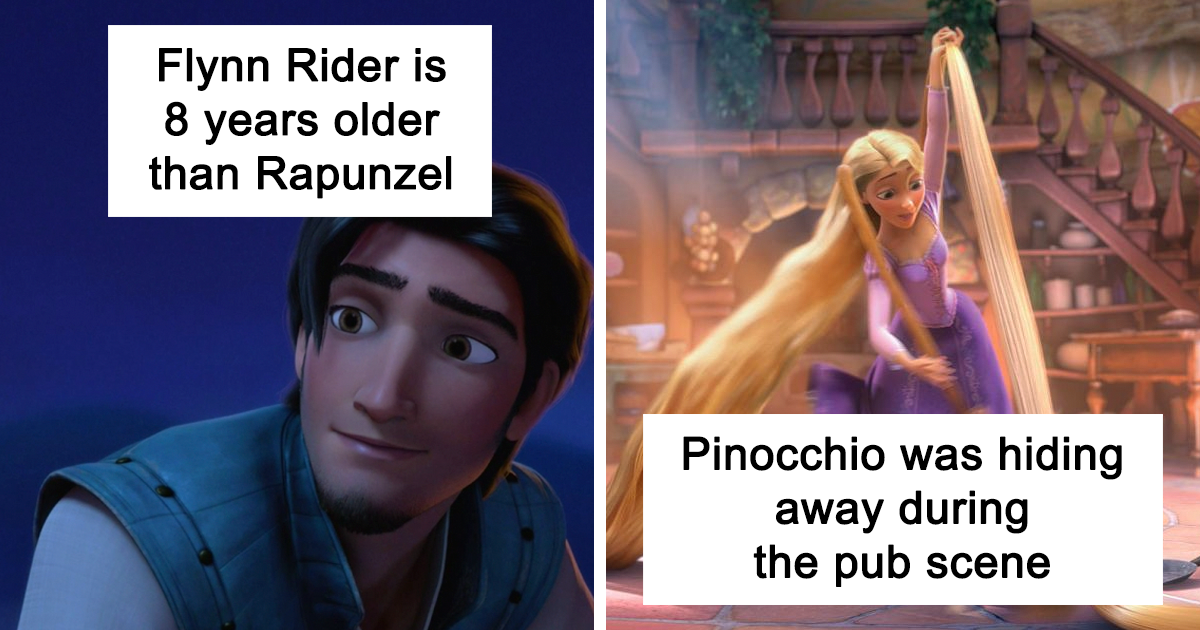

She even ends up being the one who proposes to Flynn. Marriage is at the forefront of everything Anna does – she goes in search of Elsa out of sisterly love, but also because she wants to change Elsa’s mind about Prince Hans.įor Rapunzel, meanwhile, the Happily Ever After is a happy bonus. Well, that and stuffing chocolate in her face. In Frozen meanwhile, Anna sings about one thing: finding her Happily Ever After. She leaves her tower because she wants to investigate the floating lanterns she sees every year, and pragmatically chooses to use the world-wise Flynn Rider as her guide to reach them. In Tangled, Rapunzel’s motivations are clear right from the opening song.

Sure, they’re all built like brick shithouses and bristling with weapons, but they also find time to practice floral arranging, interior design and collecting teeny tiny ceramic unicorns. It’s a decidedly more traditional group than the ruffians and mercenaries of the Snuggly Duckling. Frozen opens with a group of manly ice farmers going about their manly work singing a manly song. There are other ways in which Tangled undermines our expectations of gender roles, even with its mostly male cast.

Yes, this is also part of the meta-narrative everybody loves, but it doesn’t stop it from being a dumb decision. Anna, meanwhile, makes a myriad of moronic decisions throughout Frozen, ranging from wandering out into a snowy wilderness in summer gear to agreeing to marry a dude she met just a few hours previously. There’s even a recurring joke wherein frying pans prove to be more useful as weapons than swords – how’s that for a subversion of gender roles?īy comparison, Elsa has spent her life in a self-imposed exile, doing nothing but preparing for the task of ruling their kingdom. She also proves to be quick-witted and resourceful, using her hair to incapacitate other characters on multiple occasions. Yes, Rapunzel spends plenty of her time in captivity doing traditional, domestic chores like baking and cleaning, but she’s also incredibly well-read and well-rounded: she plays chess, studies astronomy to map the stars, and even learns ventriloquy. But Tangled cleverly warps said narrative in a myriad of subtle ways right from the off. And it’s equally true that Rapunzel and Mother Gothel (more on her later) are the only female characters in the narrative. Obviously, the original fairytale – involving a helpless princess rescued from her tower by a prince who climbs a rope made of her hair – isn’t the most empowering of starting positions.

Which is impressive considering she spends the entire movie barefoot. While at first glance Tangled might feel like an unwritten script from the 1990s that’s been given a fresh coat of paint, its story is far more progressive than that of Frozen, and Rapunzel has more feminism in her flowing locks than Anna and Elsa put together. Well, you’ve seen the title of this article, so obviously the answer is yes. Could anything be more feminist than that? Not only did it give us gorgeous visuals, adorable sidekicks, and that song, it also gave us two great Disney Princesses that were both instant feminist icons to boot, and a love story that proves that you don’t need a man to be happy. Honestly, what more can be said about that film that hasn’t already been said? Frozen is a masterful blend of old and new a film that evokes the feeling of every classic Disney Princess story down to the last detail while subtly lampooning all the things they’ve been getting wrong for decades. We’ve even had some much-needed diversity, with characters of colour like Tiana ( The Princess and the Frog ) and newcomer Moana taking centre stage. Wreck-It Ralph ’s sardonic Sergeant Calhoun and Zootropolis’ Judy Hopps are both authority figures. Honey Lemon and GoGo, the female members of Big Hero 6, are gifted scientists whose powers come from their fields of expertise. Just as this new golden age has seen Disney mastering thoroughly modern 3D animation, so too have the films presented us with a new breed of thoroughly modern woman. The House of Mouse’s output has been so consistently spectacular of late that some critics have decreed we are living in the “Second Disney Renaissance.” It’s a reference to that glorious period from 1989 to 1999 which saw some of the studio’s greatest animated classics, from The Little Mermaid to Pocahontas to Mulan, and which also saw Disney fully embrace one of the strongest (and most lucrative) facets of its brand: the Disney Princess. It’s fair to say that Disney is on something of a roll at the moment.


 0 kommentar(er)
0 kommentar(er)
